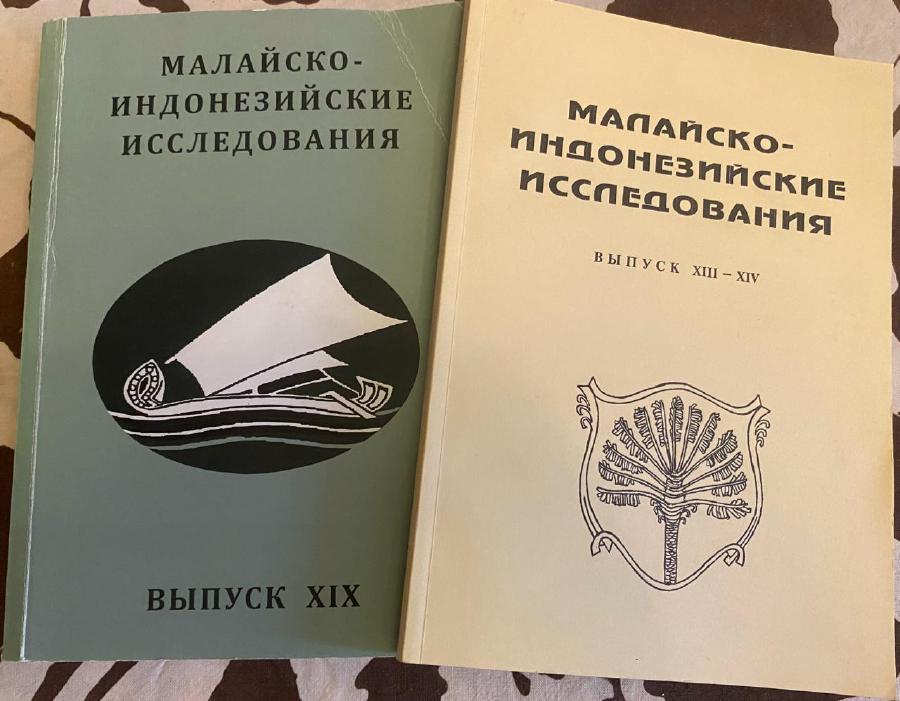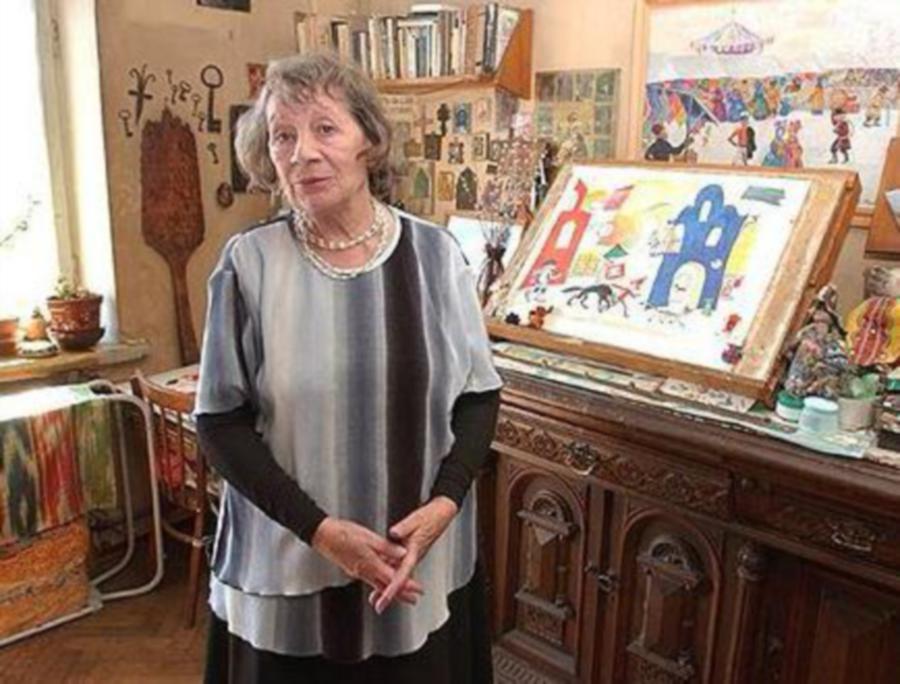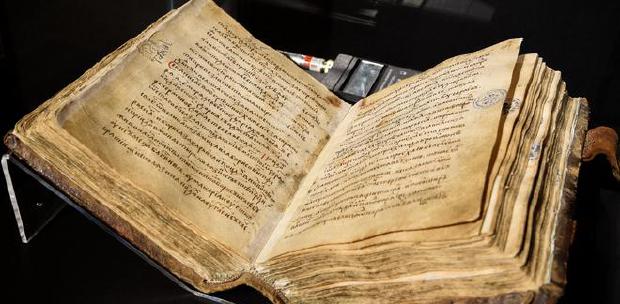TAMARA Vladimirovna Poletika, a Soviet and Russian artist, was born in Moscow on March 19, 1922.
She came from a noble Byzantine family. She was fond of drawing since school, and was also a member of the drama club.
She studied at the Moscow City Pedagogical Institute in the preschool department and worked in the library from 1942 to 1944.
After leaving the institute, Poletika took an animation course at the Soyuzmultfilm studio. She graduated in 1946.
On the advice of her husband, the famous cartoonist Lev Milchin, she studied at the Moscow Institute of Applied and Decorative Arts.
She interned at the Bolshoi Theater for about a year. Then she worked for six years on the Khorezm archaeological and ethnographic expedition of the USSR Academy of Sciences, travelling to almost all of Central Asia and drawing many paintings.
But the passion for animation prevailed, and in 1964, when the puppet department was opened at Soyuzmultfilm, she returned there. As a production designer, she created her famous puppet cartoons, "Six Ivans — Six Captains", "The Adventures of Baron Munchausen", "Drawing on the Sand", "Grandma's Umbrella", "Losharik", "Cuckoo Clock", and "Peter and the Wolf".
And her self-portrait is captured in the role of the mother of the main character in Leonid Shvartsman's film 'Mitten'.
She worked primarily with directors Anatoly Karanovich and Ivan Ufimtsev, and with her husband. She produced more than 20 well-known puppet films.
Poletika left the studio as soon as she retired, but she agreed to take part in shooting new films twice.

After retirement, she mostly painted pictures, designed books and worked on her memoirs.
Poletika passed away on Aug 22, 2011 in Moscow.
Not everyone knows that Poletika made two trips to Malaysia. The first was in the winter of 1991. She visited Kuala Lumpur and Johor.
She was impressed with the country, and painted elegantly with watercolours. She also influenced her brother, theatre designer Vsevolod Poletika, in the Malay theme.
With his characteristic temperament, he had no difficulty in recreating a country he had never seen.
As far as I know, Poletika's watercolours were exhibited once, from Nov 16-30, 1993 at the All-Russian State Library for Foreign Literature.
It was timed to coincide with an exhibition of Dewan Bahasa dan Pustaka publications.
Her second trip took place in 1998 at the invitation of her friend Dr Boris Parnikel, who was lecturing at that time at Universiti Sains Malaysia.
In her memoirs she writes: "That time I stayed in Malaysia, on the island of Penang, for 4 months. Equator! I painted amazing trees, fishing villages on stilts, all kinds of temples, mosques, pagodas, Hindu temples in the mountains. The birds are amazingly colourful and large, and every tree and bush blooms all year round!"
It is difficult to say where the watercolours ended up after the artist's death. But her work as the designer of the Malay-Indonesian Studies series can be seen on the covers of books, kept by the way, in my personal library.
And, of course, one will never forget the logo she created for the Nusantara Society, representing a 'perahu' with open sails, an eternal image of classical Malay poetry.
Pogadaev, writing from Moscow, is a former lecturer of Universiti Malaya





